(Hey! Some links in this post may be affiliate links — meaning I may earn a small commission if you buy through them, at no extra cost to you. As an Amazon Associate, I earn from qualifying purchases. I only share products I genuinely love and think you’ll find useful too. Read the full disclosure here).
Looking for a snack that’s tasty and good for you? You’re in the right spot! We’re excited to explore the world of hummus recipe and veggie sticks. Together, they make a healthy snack that’s sure to please.
Mixing hummus with crunchy veggie sticks makes a snack that’s both yummy and full of nutrients. In this article, we’ll show you how to make hummus from scratch. We’ll also tell you which veggies are best to go with it for a snack that’s both healthy and fun.
Contents
- 1 The History and Benefits of Hummus
- 2 Essential Ingredients for Perfect Hummus
- 3 Equipment You’ll Need
- 4 Step-by-Step Classic Hummus Recipe
- 5 Hummus with Veggie Sticks: The Perfect Pairing
- 6 Creative Hummus Variations
- 7 Troubleshooting Common Hummus Problems
- 8 Storage and Serving Suggestions
- 9 Conclusion
- 10 FAQ
- 10.1 What is hummus made of?
- 10.2 How do I store leftover hummus?
- 10.3 Can I use canned chickpeas to make hummus?
- 10.4 What are the best vegetables to pair with hummus?
- 10.5 How can I fix grainy hummus?
- 10.6 Can I make hummus without tahini?
- 10.7 How do I adjust the flavor of my hummus?
- 10.8 Can I freeze hummus?
- 10.9 What are some creative ways to serve hummus?
Key Takeaways
- Learn how to make a delicious hummus recipe from scratch.
- Discover the best veggie sticks to pair with your hummus.
- Understand the nutritional benefits of this healthy snack.
- Get tips on how to customize your hummus for different flavors.
- Find out how to store hummus and veggie sticks for maximum freshness.
The History and Benefits of Hummus
Hummus is more than just a tasty dip. It’s a heritage passed down through generations. It’s a staple in many cuisines, with roots in Middle Eastern culture.
Origins of Hummus in Middle Eastern Cuisine
Hummus has a long history, dating back centuries. It originated in the Middle East, where chickpeas, tahini, garlic, and lemon juice were common. It was a part of daily meals, showing hospitality and community.
Each family added their own twist to the traditional recipe. This made hummus special and unique.
Nutritional Benefits of Chickpeas and Tahini
Chickpeas and tahini are the heart of hummus. Chickpeas are full of protein, fiber, and vitamins. Tahini is rich in healthy fats, calcium, and vitamin E.
Together, they make a dip that’s not only tasty but also good for you. They help with digestion and heart health.
| Nutrient | Chickpeas (1 cup) | Tahini (2 tbsp) |
|---|---|---|
| Protein | 15g | 5g |
| Healthy Fats | 4g | 16g |
| Fiber | 12g | 2g |
Why Hummus and Vegetables Make a Perfect Healthy Snack
Pairing hummus with vegetables makes a snack that’s both satisfying and nutritious. The fiber and protein in hummus match the vitamins and minerals in veggies. This creates a balanced snack that boosts energy and health.
You can enjoy this snack with carrot sticks, cucumber slices, or bell pepper strips. It’s a versatile and healthy choice.
By adding hummus to your diet with veggie sticks, you’re pleasing your taste buds and nourishing your body. You’re getting wholesome ingredients.
Essential Ingredients for Perfect Hummus
Making the perfect hummus begins with picking the right ingredients. The quality of your hummus depends on the freshness and authenticity of its parts. We’ll look at the key ingredients for a classic hummus recipe and give tips on picking the best ones.
Selecting Quality Chickpeas
The base of hummus is chickpeas, also known as garbanzo beans. For the best taste and texture, choose high-quality chickpeas. You can use canned chickpeas for ease or cook dried chickpeas for a truer taste. If using dried chickpeas, make sure they’re soaked and cooked right for the right tenderness.
Choosing the Right Tahini
Tahini is key for hummus’s rich, nutty flavor. Choose tahini made from 100% sesame seeds, without additives. It should be smooth and have a rich, slightly bitter taste. Keep tahini in the fridge to keep it fresh.
Fresh Garlic, Lemon, and Olive Oil
Garlic, lemon juice, and olive oil are what make hummus pop. Use fresh garlic for the best taste, adjusting it to your liking. Fresh lemon juice adds a bright touch that balances the tahini and chickpeas. Quality olive oil helps with consistency and adds a fruity hint.
Salt, Cumin, and Other Seasonings
Salt and cumin are the main seasonings in traditional hummus. Salt brings out the flavors, while cumin adds a warm, earthy taste. Feel free to try other seasonings like paprika or cayenne pepper for a unique flavor.
Optional Flavor Enhancers
To make your hummus your own, add optional flavor enhancers. Try roasted red peppers, sun-dried tomatoes, or fresh herbs like parsley or cilantro. These can add depth and variety, making your hummus more interesting and tailored to your taste.
Equipment You’ll Need
To make great hummus, you need the right tools. We’ll guide you through the essentials. Making hummus is not just about mixing ingredients. It’s about blending them into a smooth, creamy dip with the right equipment.
Food Processors vs. Blenders
The debate is often about using a food processor or a blender for hummus. Food processors are better for thick mixtures and even texture. But, a high-powered blender can also make smooth hummus.
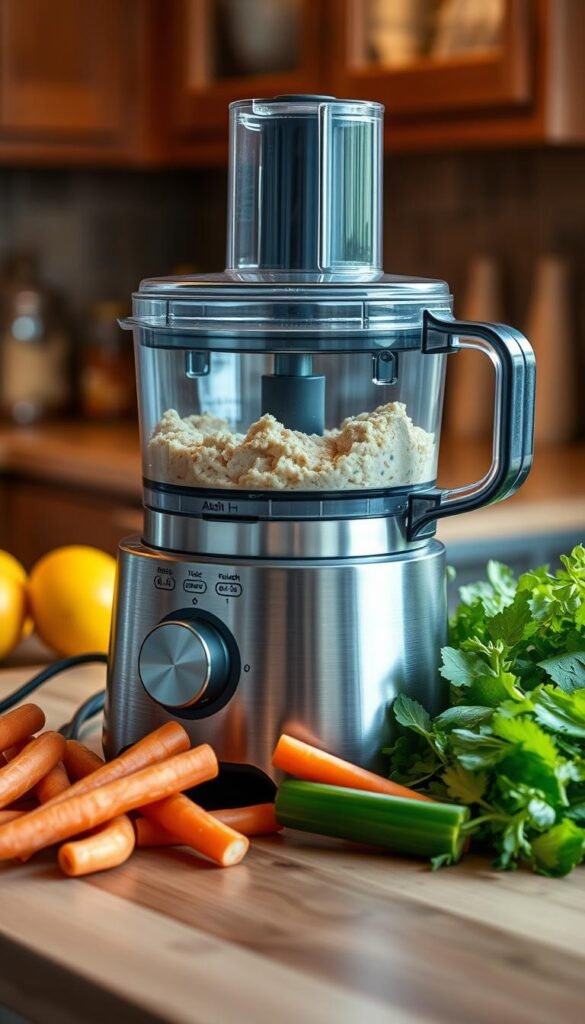
Additional Kitchen Tools
There are more kitchen tools to make hummus easier. You’ll need measuring cups and spoons for the right amounts. A lemon squeezer for fresh juice and a garlic press for flavor are also essential. Here’s a quick list of useful tools:
| Tool | Purpose |
|---|---|
| Measuring Cups | Accurate ingredient measurement |
| Lemon Squeezer | Fresh lemon juice |
| Garlic Press | Easy garlic preparation |
Step-by-Step Classic Hummus Recipe
Making hummus from scratch is easier than you think. We’re here to guide you through it. With a few simple ingredients and basic kitchen equipment, you can make a delicious and healthy dip. It’s perfect for snacking or entertaining.
Preparing Dried Chickpeas
If you’re using dried chickpeas, start by soaking and cooking them. This takes time, but it’s worth it for the best flavor and texture.
Soaking Methods
You can soak dried chickpeas in two ways. For the quick soak method, boil water, then let it cool. Soak the chickpeas for about an hour. For the overnight soak method, cover them with water and let them sit for 8-12 hours.
Cooking Techniques
After soaking, drain and rinse the chickpeas. Then, cover them with fresh water in a pot. Bring to a boil, then reduce heat and simmer until tender. You can also use a pressure cooker to save time.
Quick Option: Using Canned Chickpeas
If you’re short on time, use canned chickpeas. Drain and rinse them before using. While they may not have the same texture, they’re a convenient alternative.
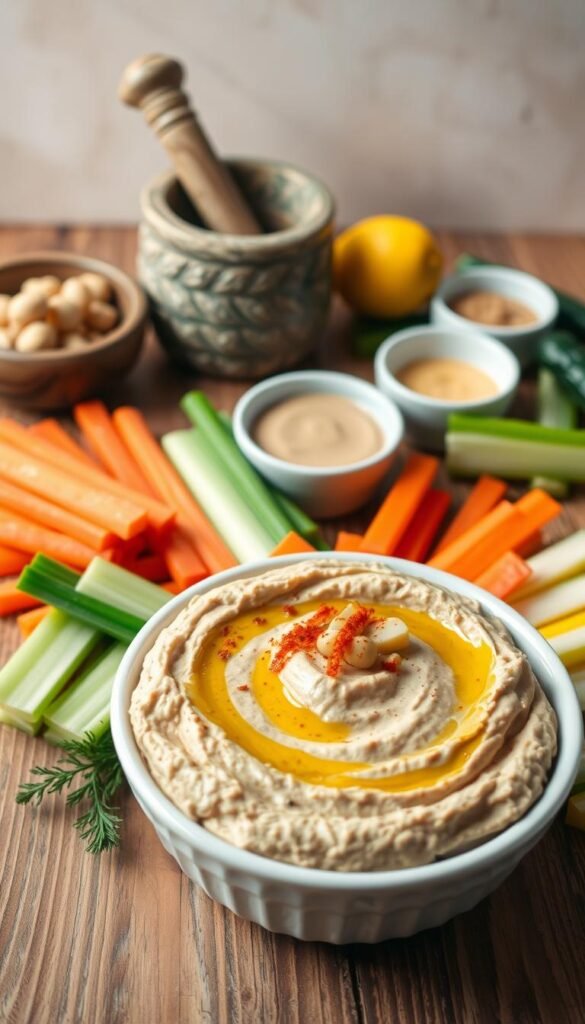
Blending the Perfect Texture
To get a smooth and creamy hummus, blend chickpeas with tahini, garlic, lemon juice, and olive oil. Start with a basic ratio and adjust to taste. You may need to add water to get the right consistency.
- Add chickpeas, tahini, garlic, lemon juice, and olive oil to a blender or food processor.
- Blend on high speed, adding water as needed, until you reach your desired consistency.
- Taste and adjust the seasoning as needed.
Adjusting Flavors to Taste
The key to great hummus is balancing flavors. Adjust garlic, lemon juice, and salt to your liking. Some like to add roasted red peppers or spices for a unique twist.
By following these steps, you’ll make delicious and authentic hummus. Enjoy!
Hummus with Veggie Sticks: The Perfect Pairing
For a healthy and tasty snack, try hummus with veggie sticks. It’s not only delicious but also full of nutrients. A wellness expert says, “Hummus and veggie sticks are a nutritional powerhouse. They show how simple it is to eat well.”
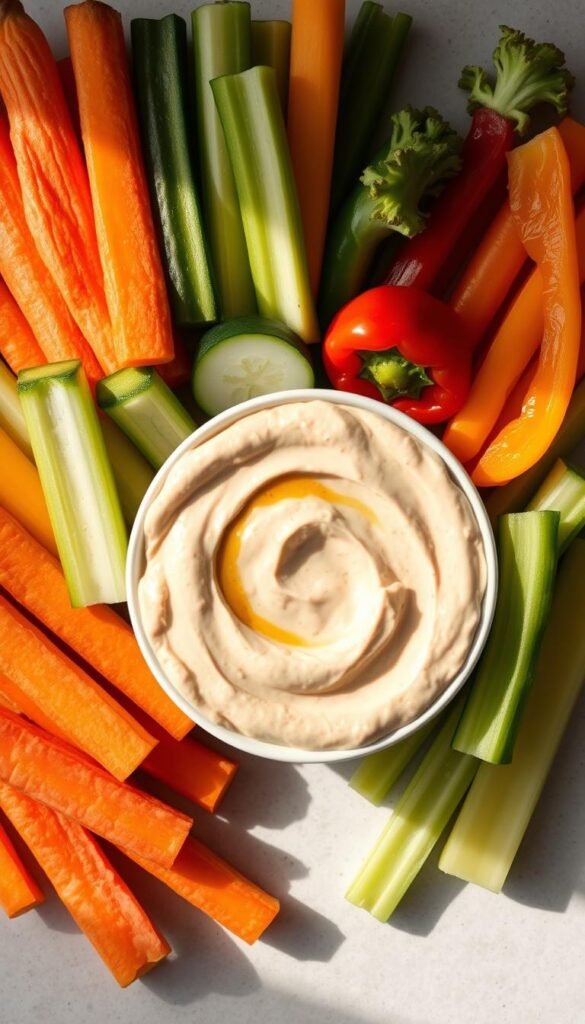
Best Vegetables for Dipping
Choosing the right veggies can make your hummus snack better. Carrots, cucumbers, and bell peppers are great because they’re crunchy and tasty. You can also try zucchini, cherry tomatoes, and broccoli florets. Pick veggies that are fresh and good for dipping.
- Carrots: Sweet and crunchy, carrots are a classic pairing with hummus.
- Cucumbers: Refreshing and light, cucumbers add a cooling touch.
- Bell Peppers: Their slightly sweet flavor and crisp texture make them an excellent choice.
Preparing Vegetable Sticks
It’s easy to prepare your veggie sticks. First, wash and dry the veggies well. Then, cut them into sticks or slices. For a nice look, make all the sticks the same size for easy dipping.
Tips for preparation:
- Use a sharp knife to cut the vegetables cleanly.
- Keep the vegetable sticks fresh by storing them in an airtight container in the refrigerator.
- For added flavor, you can lightly season the veggie sticks with herbs or spices.
Arranging an Attractive Platter
How you present your snack can make it more fun. Place your veggie sticks around a bowl of hummus in a pretty way. You can make patterns or just group them around the bowl. Adding fresh herbs like parsley or cilantro can make it look even better and add freshness.
As
“The art of healthy snacking is not just about the taste, but also about the experience,”
notes a nutritionist. By picking and arranging your hummus and veggie sticks well, you can make a snack that’s both healthy and enjoyable.
Creative Hummus Variations
Get creative in the kitchen with easy and fun hummus recipes. Try new ingredients to make unique flavors. These will excite your taste buds and wow your loved ones.
Explore exciting hummus variations at home. Add smoky flavors with roasted red peppers or creamy twists with avocado. The options are endless.
Roasted Red Pepper Hummus
Roasting red peppers enhances their sweetness, perfect with chickpeas. To make this hummus, roast red peppers until charred. Then blend with chickpeas, tahini, garlic, and lemon juice. It adds color and flavor to your hummus.
Avocado Hummus
Avocado makes hummus creamy and delicious. Blend ripe avocados with chickpeas, tahini, lemon juice, and garlic. Add fresh herbs like parsley or cilantro for extra taste.
Spicy Hummus Options
For a spicy kick, add diced jalapeños or serrano peppers. You can also use spicy paprika or red pepper flakes for depth without the heat.
Herb-Infused Hummus Recipes
Fresh herbs can transform your hummus. Blend in chopped parsley, cilantro, or dill for a refreshing twist. Mix different herbs for unique flavors.
Sweet and Savory Twists
Try sweet elements in your hummus for a unique taste. Roasted garlic and caramelized onions add a sweet and savory flavor. A drizzle of honey or maple syrup also adds sweetness.
Troubleshooting Common Hummus Problems
Making hummus can be a bit of a challenge, but with some tips, you’ll get it right. You might face texture issues, flavor problems, or want to refresh leftover hummus. We’ve got solutions for all these problems.
Fixing Grainy Texture
A grainy texture usually comes from not blending enough or using hard chickpeas. Make sure your chickpeas are very soft before blending. If it’s not smooth, blend longer or add more tahini or lemon juice.
Adjusting Thickness and Consistency
Hummus should be smooth and creamy but not too thin. If it’s too thick, add water or lemon juice. If it’s too thin, add more tahini or chickpeas.
Balancing Flavors When Something’s Off
Flavors in hummus can sometimes be off, even when you try your best. If it’s too bland, add a pinch of salt or lemon. If it’s too salty, add more tahini or chickpeas. Keep tasting and adjusting until it’s just right.
Reviving Day-Old Hummus
Don’t throw away leftover hummus! You can make it fresh again by stirring well and adding lemon juice or olive oil. This trick can make it taste almost new.
Storage and Serving Suggestions
Don’t stop here with your homemade hummus. Let’s talk about how to store it and serve it. Keeping it fresh is important.
Keeping Hummus Fresh in the Refrigerator
Store your hummus in an airtight container in the fridge. This keeps it from drying out or picking up other tastes. It stays fresh for up to a week, perfect for snack prep. Just stir it well and adjust the seasoning before serving.
Freezing Hummus Successfully
Freezing is a great way to keep hummus longer. Put it in an airtight container or freezer-safe bag, leaving room for expansion. Thaw it in the fridge overnight and stir well. Freezing might change the texture a bit, but it’s good for up to 3 months.
Creative Serving Ideas Beyond Veggie Sticks
While veggie sticks are great, there are many other ways to enjoy hummus. Try it with pita chips or flatbread. It’s also good as a sandwich spread, adding protein and flavor. For something different, pair it with grilled meats or roasted vegetables. Get creative and find your favorite way to enjoy it.
By following these tips, you can fully enjoy your homemade hummus. Explore different flavors and textures to keep your snacks exciting.
Conclusion
You now know how to make tasty hummus and enjoy it with veggie sticks. This makes for a great healthy snack. Hummus is not just yummy; it’s also good for you because of chickpeas and tahini.
We’ve looked into hummus’s history and benefits. We’ve also learned how to make it from scratch. Plus, we found fun ways to mix it up for different snacks.
Remember, healthy snacking is easy. Try new flavors and veggies with hummus. Make it a daily habit. Hummus can make your snacks better and keep your diet balanced.

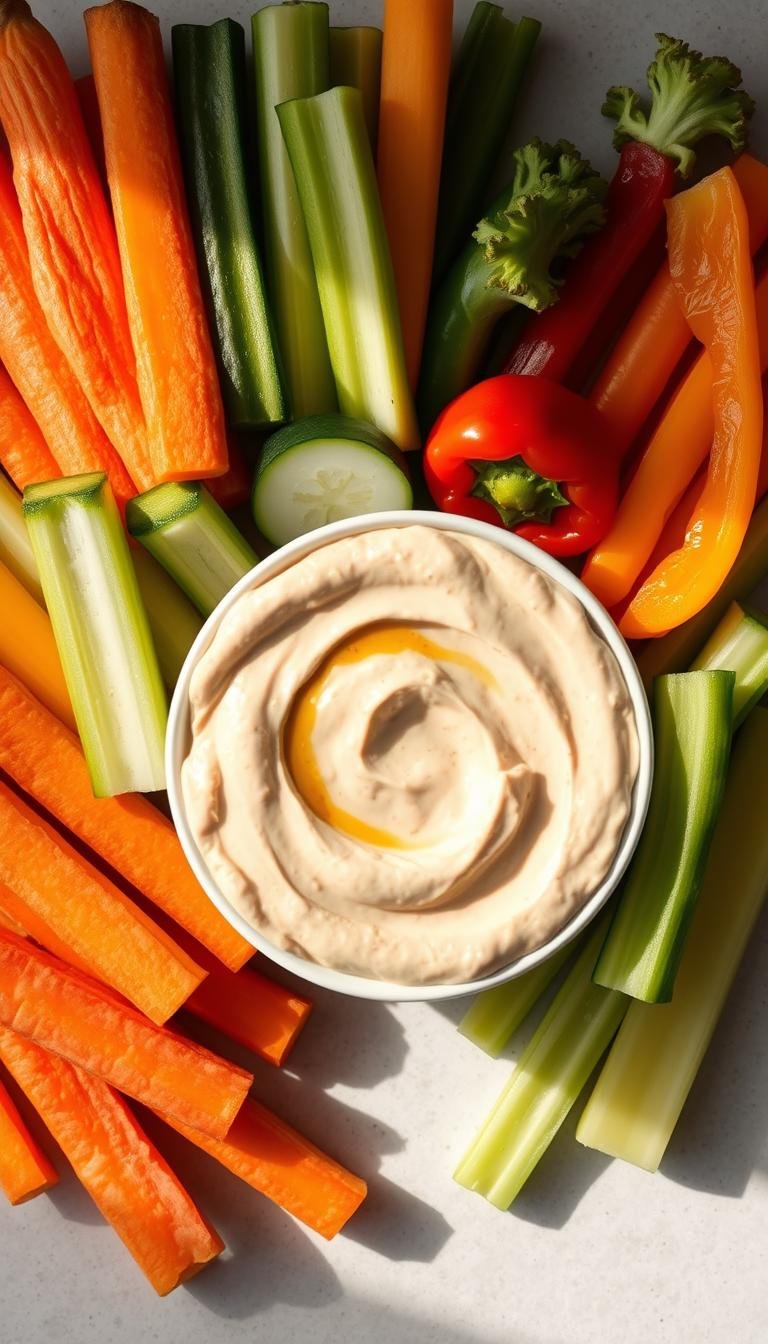
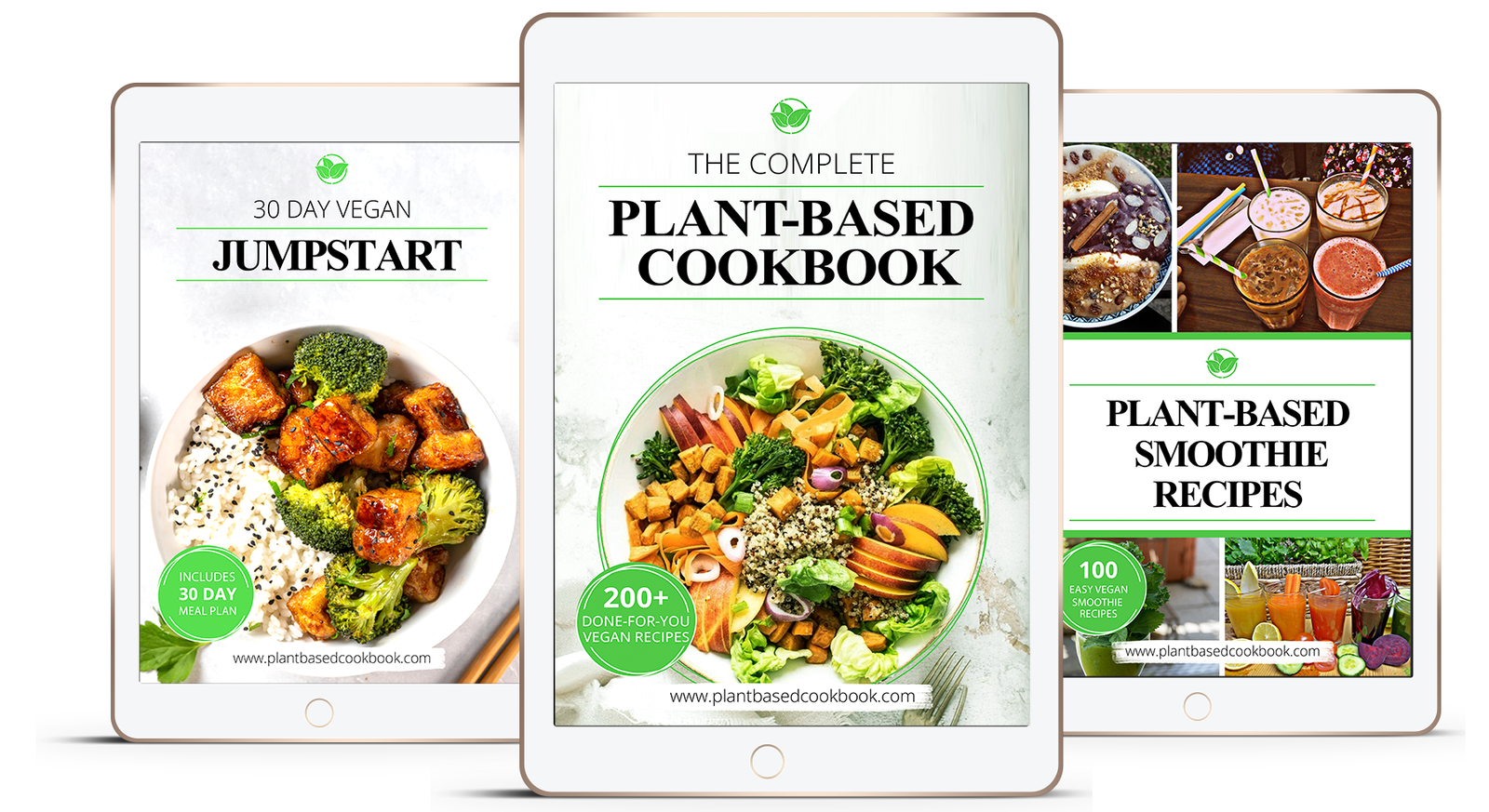
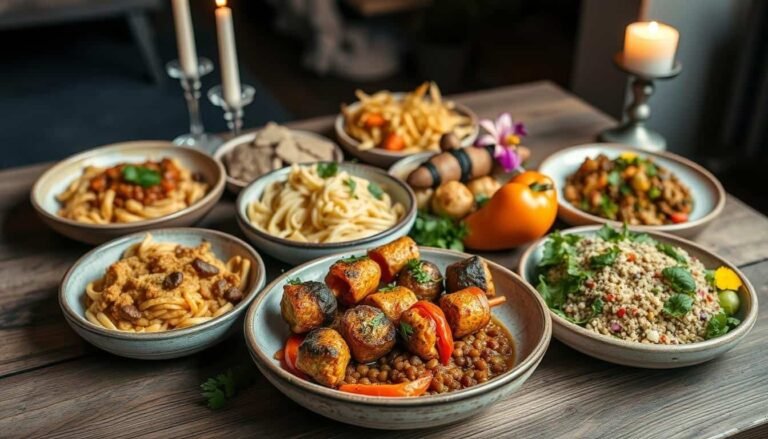

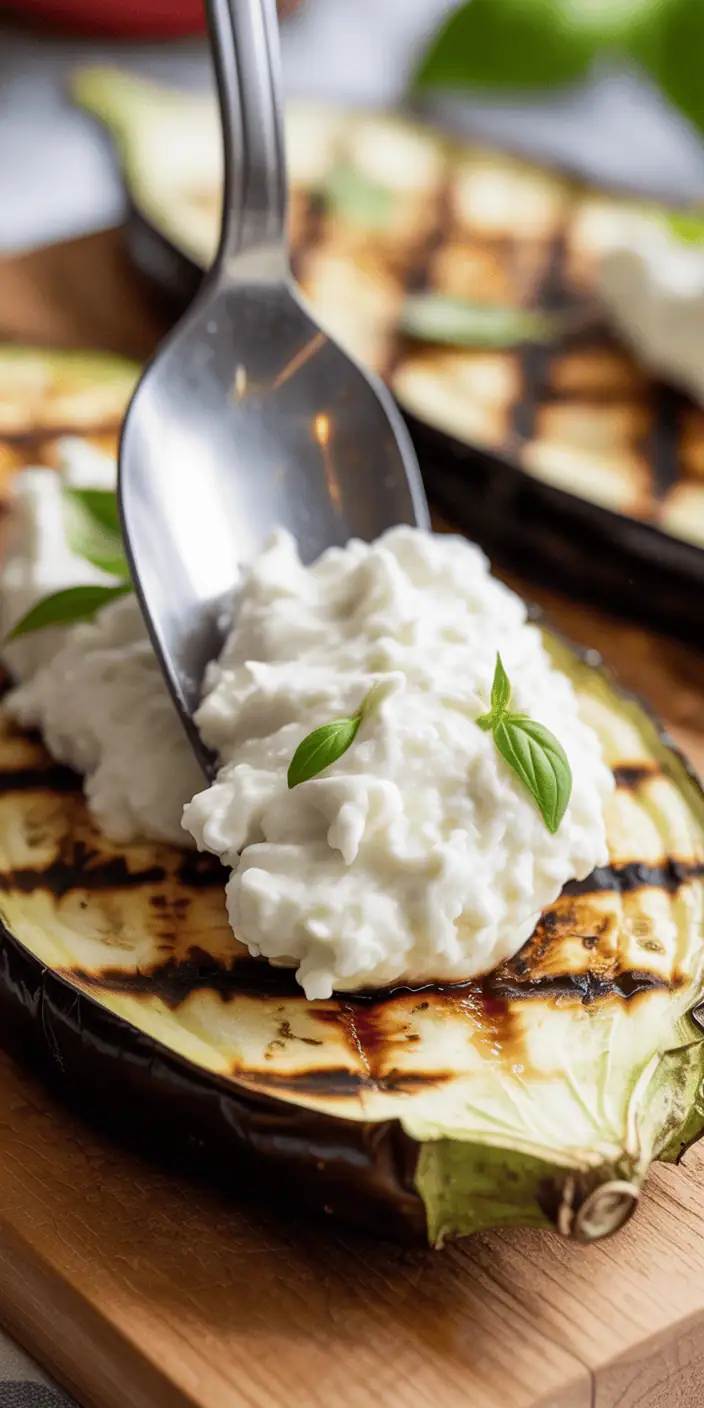
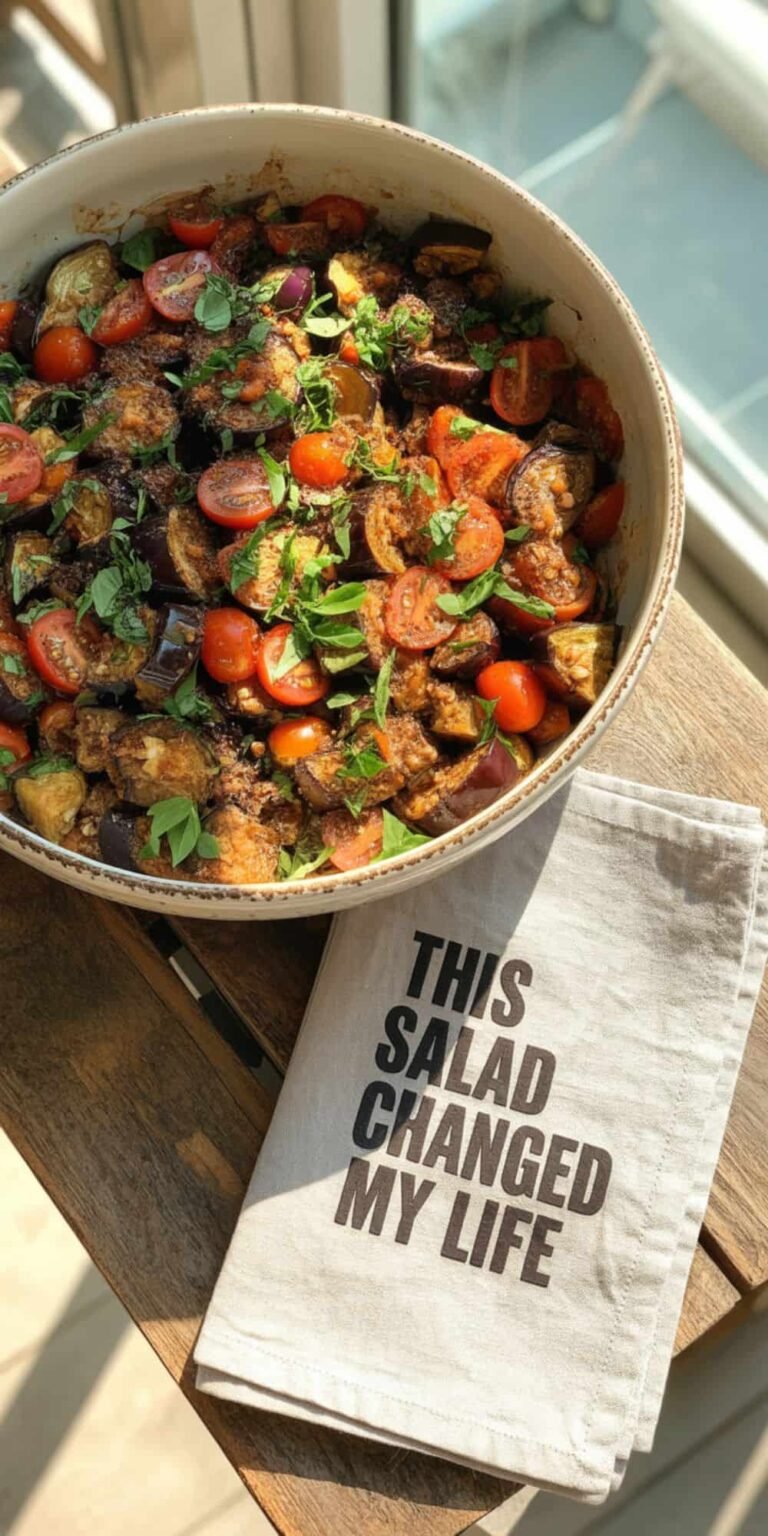
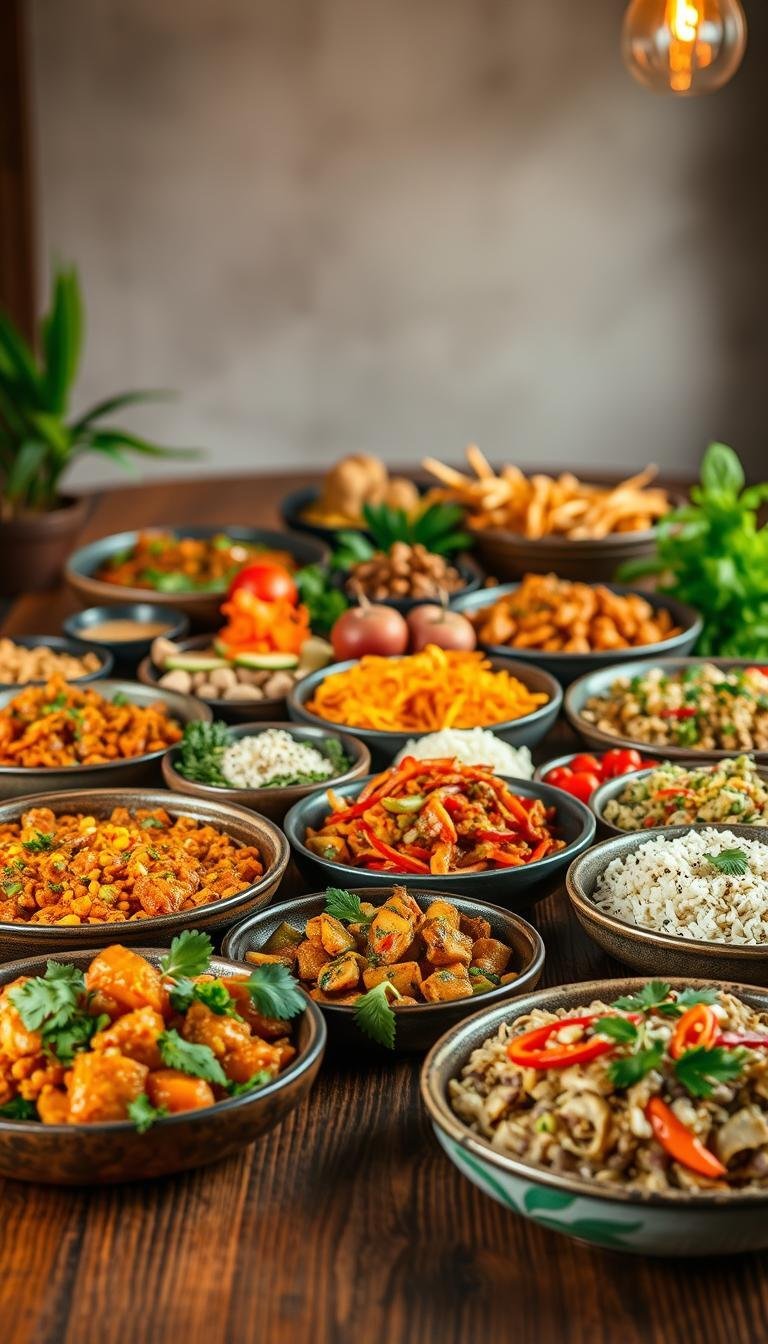
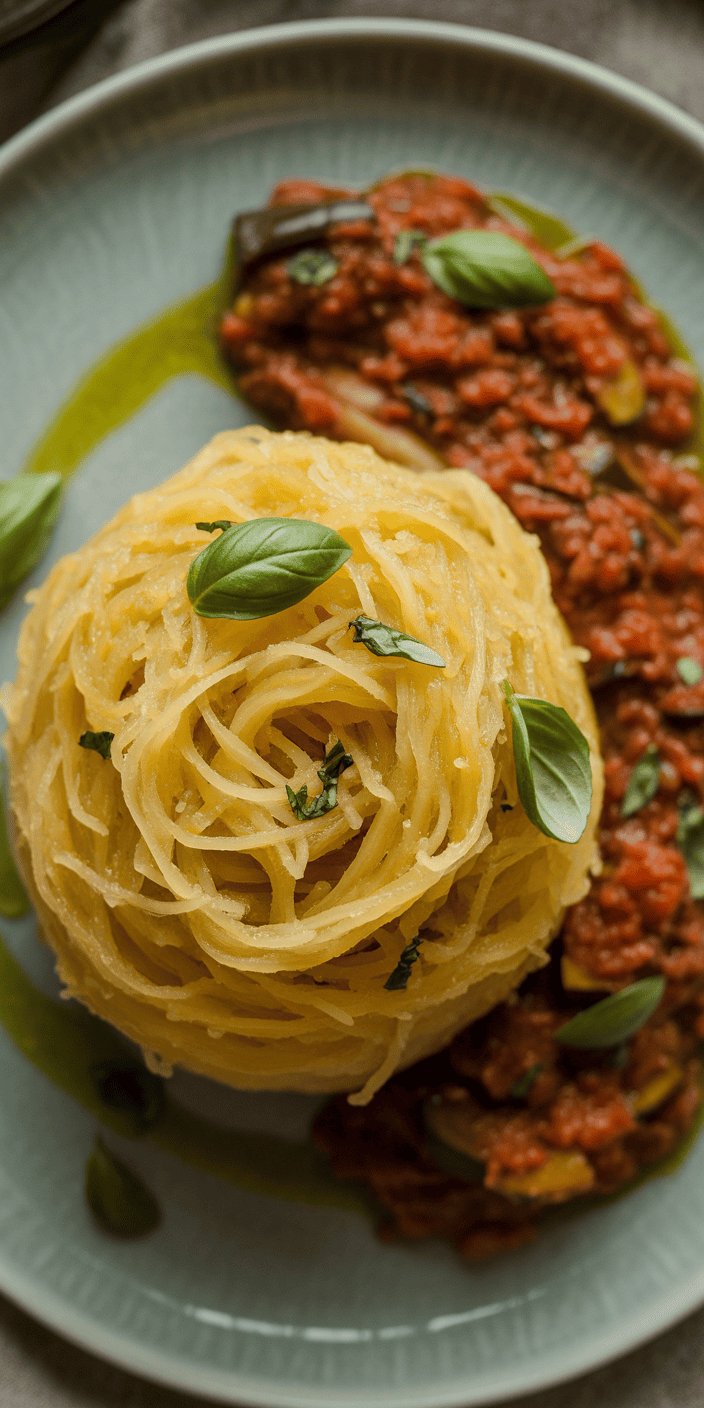
One Comment